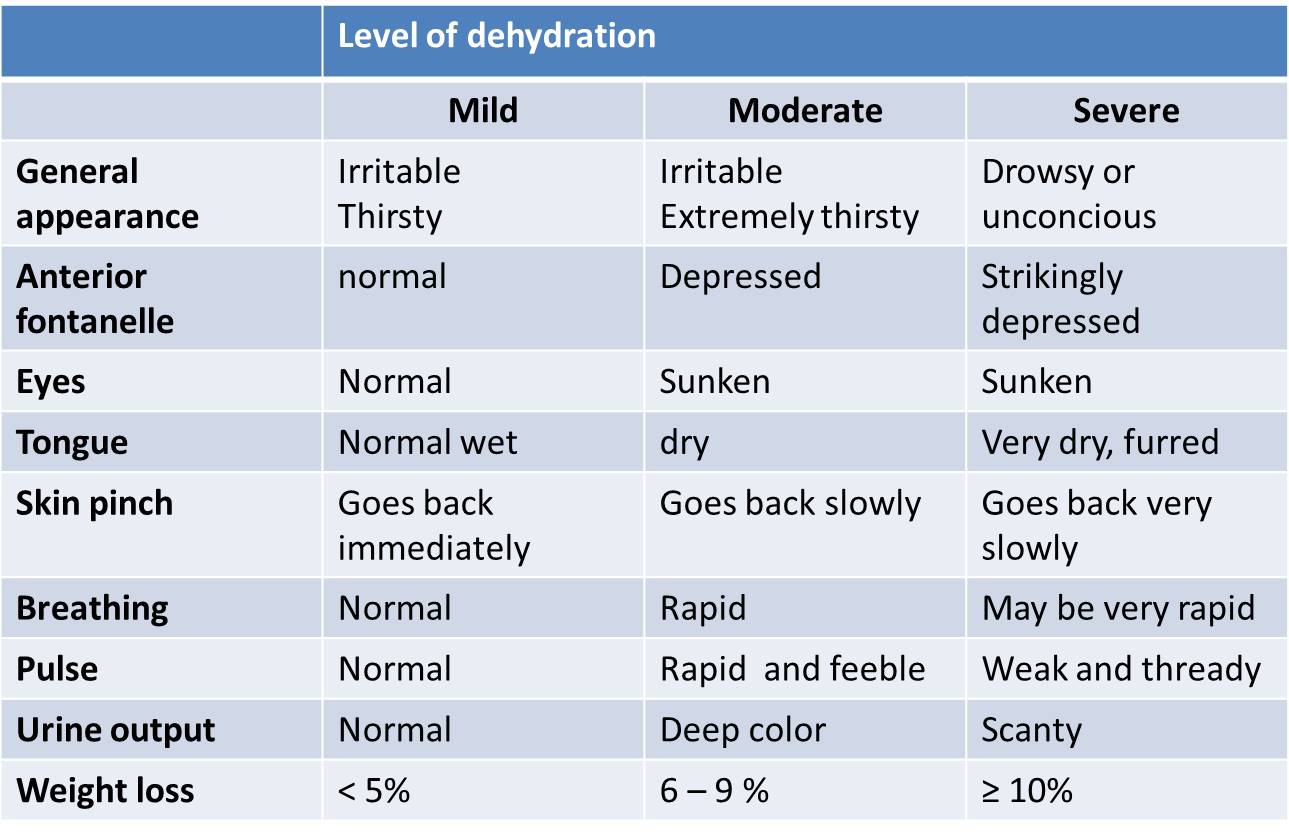A nurse is planning care for a child who has varicella. Which of the following interventions should the nurse plan to include?
Administer aspirin for fever.
Initiate airborne precautions,
Assess the oral cavity for Koplik spots.
Provide the child with a warm blanket
The Correct Answer is B
Choice A Reason:
Administer aspirin for fever is incorrect. Aspirin is contraindicated in children with varicella due to the risk of Reye's syndrome. Reye's syndrome is a rare but serious condition that can occur when aspirin is given to children with certain viral infections, including varicella.
Choice B Reason:
Initiate airborne precautions is correct. Varicella is transmitted via airborne droplets. Use airborne precautions (negative air-flow rooms) for patients with varicella. If negative air-flow rooms are not available, isolate patients in closed rooms with no contact with people without evidence of immunity
Choice C Reason:
Assess the oral cavity for Koplik spots is incorrect. Koplik spots are associated with measles, not varicella. Varicella typically presents with a rash that starts on the trunk and spreads to the rest of the body, along with other symptoms like fever and malaise.
Choice D Reason:
Varicella can cause fever and discomfort, and providing a warm blanket can offer comfort to the child, helping to alleviate chills or discomfort associated with fever. However, it is more important to initiate airborne precautions.
Nursing Test Bank
Naxlex Comprehensive Predictor Exams
Related Questions
Correct Answer is A
Explanation
Choice A Reason:
Bradycardia is correct. This is because bradycardia, or a slower than normal heart rate, can indeed be an indicator of digoxin toxicity. Digoxin is a medication that affects the heart's rhythm, and toxicity can lead to an excessively slow heart rate among other symptoms.
Choice B Reason:
Jaundice is incorrect. Jaundice, characterized by yellowing of the skin and eyes due to elevated bilirubin levels, is not commonly associated with digoxin toxicity. It's more indicative of liver-related issues rather than digoxin toxicity.
Choice C Reason:
Diaphoresis is incorrect. Diaphoresis, or excessive sweating, is not typically a primary symptom of digoxin toxicity. While various medications or medical conditions can cause diaphoresis, it's not a common indicator of digoxin toxicity.
Choice D Reason:
Polyuria is incorrect. Polyuria, excessive urination, is not a typical symptom of digoxin toxicity. It's not a direct effect of the medication on the body's systems.
Correct Answer is B
Explanation
Choice A Reason:
Capillary refill of 1 second is within the normal range and might not specifically indicate moderate dehydration.
Choice B Reason:
Weight loss 7% is correct. In cases of moderate dehydration, a significant weight loss, typically around 6-9% of body weight, can occur due to fluid loss. This weight loss reflects the severity of dehydration in the infant.
Choice CReason:
A respiratory rate of 28/min might be slightly elevated but is not a primary indicator of moderate dehydration. Dehydration primarily affects cardiovascular and fluid balance systems rather than respiratory rate.
Choice DReason:
Bradycardia (a slow heart rate) is not typically associated with moderate dehydration. Dehydration often causes an increase in heart rate (tachycardia) as the body attempts to maintain cardiac output.

Whether you are a student looking to ace your exams or a practicing nurse seeking to enhance your expertise , our nursing education contents will empower you with the confidence and competence to make a difference in the lives of patients and become a respected leader in the healthcare field.
Visit Naxlex, invest in your future and unlock endless possibilities with our unparalleled nursing education contents today
Report Wrong Answer on the Current Question
Do you disagree with the answer? If yes, what is your expected answer? Explain.
Kindly be descriptive with the issue you are facing.
